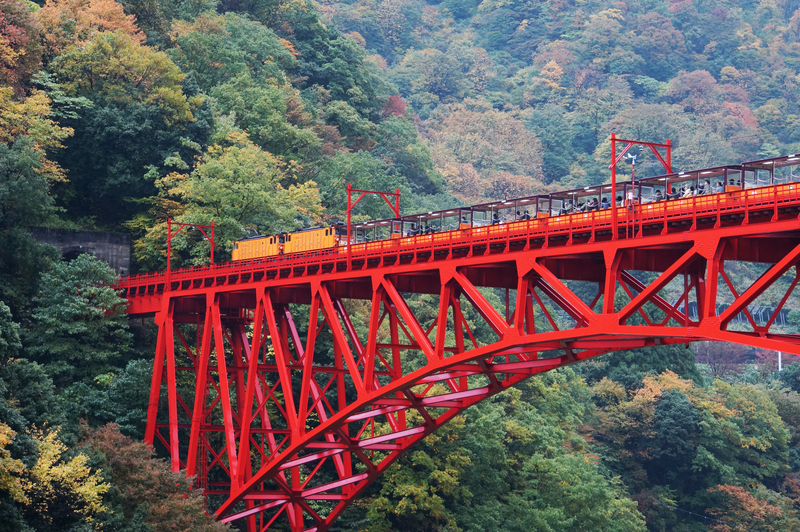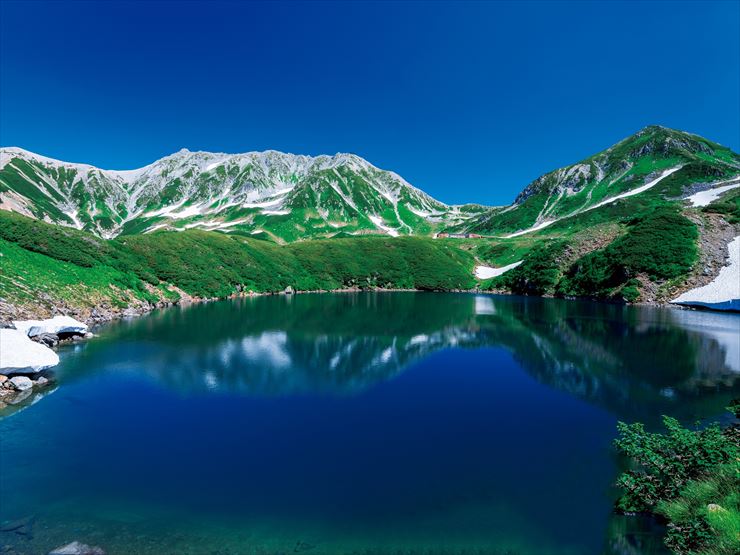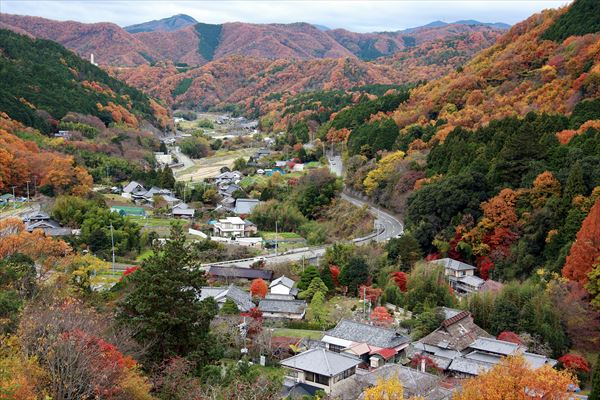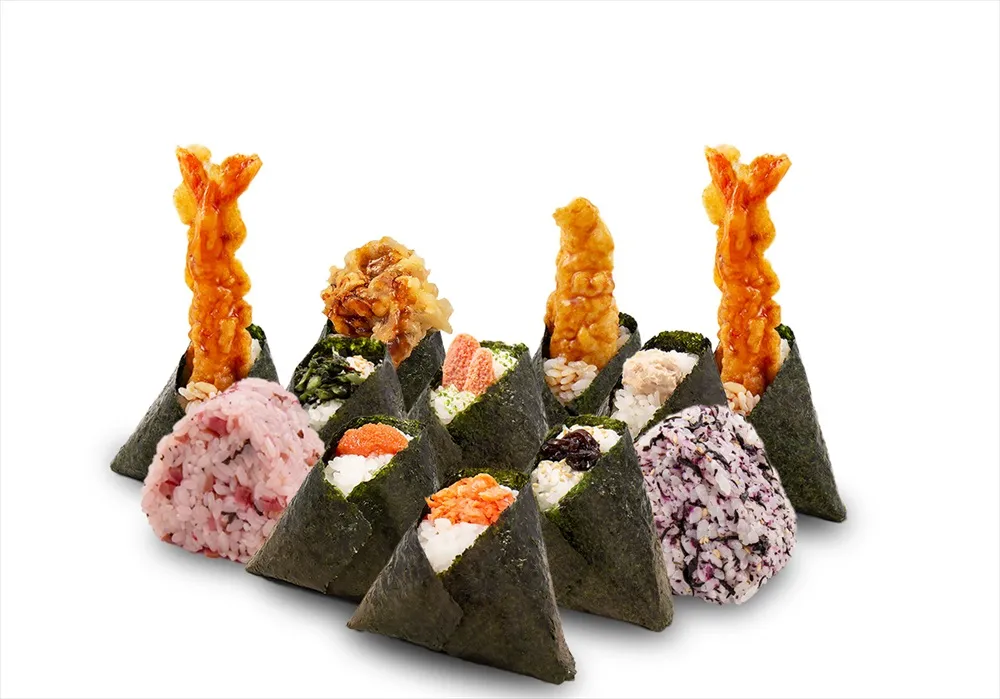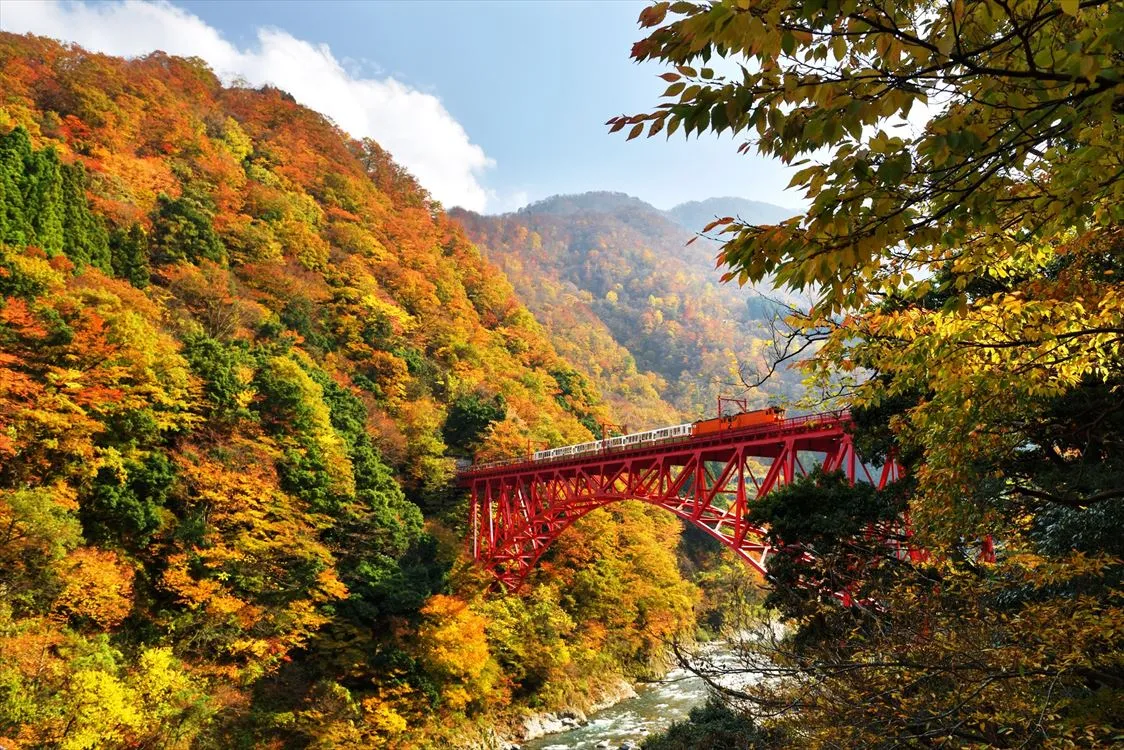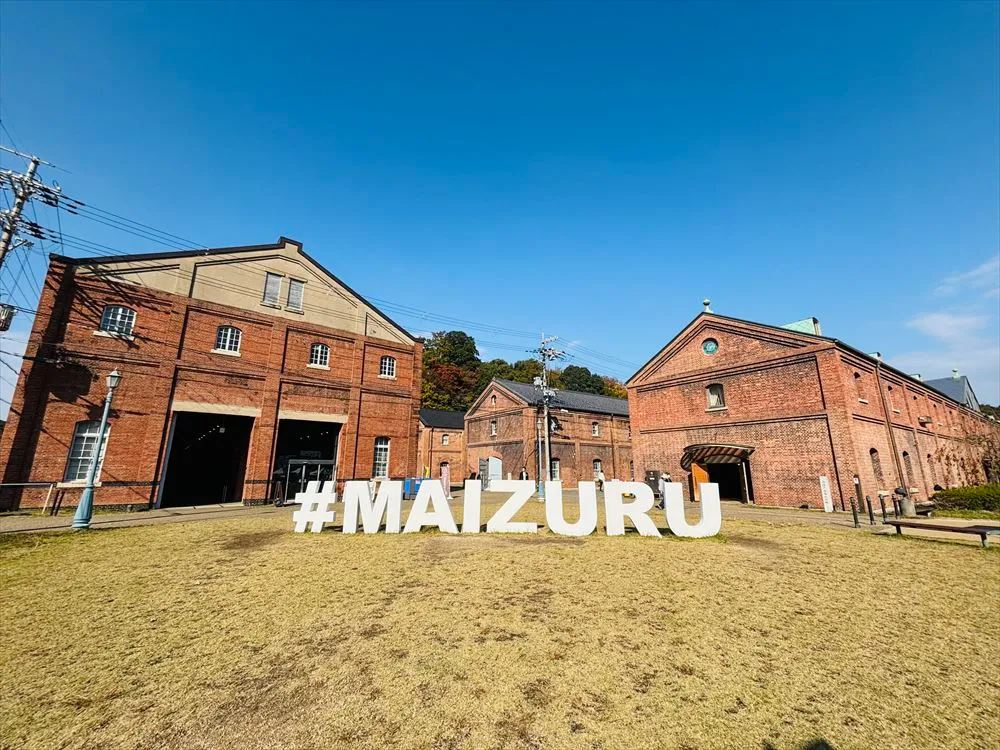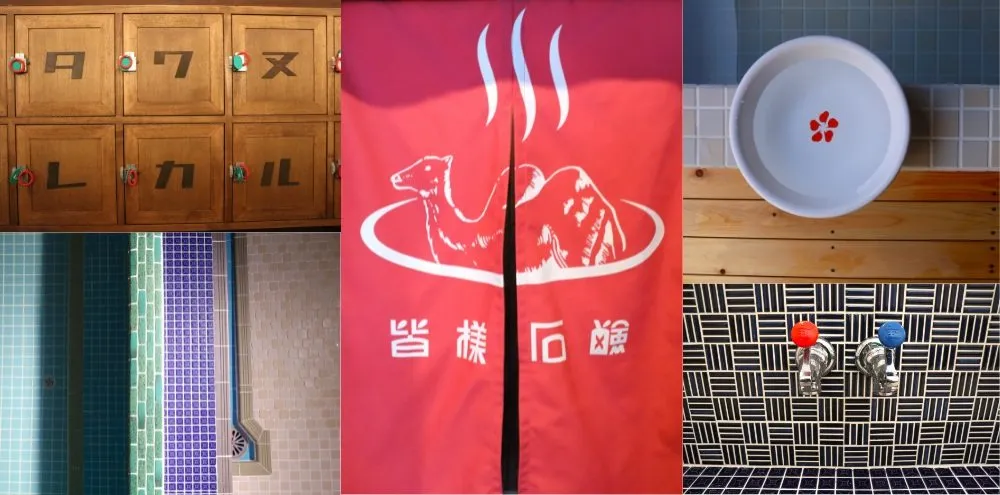A Summer Railway Trip in Toyama Prefecture’s Kurobe Gorge
A Summer Railway Trip in Toyama Prefecture’s Kurobe Gorge
Have you ever taken a journey on a “torokko” train?
Torokko trains originally served as small freight cars, running at slower speeds than regular trains. Even after fulfilling their roles as freight cars, torokko trains throughout Japan have reincarnated into sightseeing trains showcasing scenic views from their windows. Among these trains, the “Kurobe Gorge Railway” in Toyama Prefecture is a train that travels through Kurobe Kyokoku (Kurobe Gorge), a popular destination known as one of Japan’s most remarkable V-shaped gorges.

Wanting to experience it myself, I boarded the Hokuriku Shinkansen from Tokyo and then took the Toyama Chihou Railway, finally arriving at Unazuki-Onsen Station. From there, I walked five minutes to Unazuki Station, where I got on the torokko train headed for Keyakidaira Station. The train travels over a total stretch of 20.1km, a roughly an 80-minute ride to the terminal. There are three types of passenger cars: a windowless, open carriage; a relaxing carriage with windows and spacious seating; and a special carriage with windows and box seats.
I took a ride on the open carriage train. Feeling the wind on my face, I basked in the view of the surrounding scenery. I felt as though I were enjoying a ride at an amusement park.


The train announcements are voiced by Shigeru Muroi, an actress from Toyama Prefecture. In it, she introduces noteworthy spots along the railway.
Below are some of the spots I was particularly struck by during my trip. To get the most of the magnificent views, I recommend sitting on the right side of the train facing the front. The pictures below are those taken from the train.
Komen Bridge

The vivid red color of Komen Bridge reflects on the green surface of the lake. The beautiful contrast of the colors took my breath away.
Shin-Yanagawara Power Plant


This power plant was built in place of Yanagawara Power Plant, a facility that was submerged underwater after the construction of the Unazuki Dam. Its design was inspired by European castles, and it truly gives off an atmosphere of distant lands.
Nezumigaeshi Rock Face (“Rats Returning Rock Face”)

The name of this immense, 200-meter-high cliff wall comes from its size so formidable, even rats chased by cats were said to have turned back, unable to climb the rock face. The fact that its entirety did not fit into the photograph says a lot about its impressive mass.
Though September was still hot, the higher altitudes offered a refreshing coolness as I reveled in the stunning view of the gorge. This destination has much more to offer, so do hop on the train to see it all yourself.
Despite it taking roughly 80 minutes to get to the terminal, the journey to Keyakidaira Station felt quick as I enjoyed the scenery and information provided by the train announcements. Keyakidaira abounds with sightseeing spots, and it is also an ideal location for a casual hike. I did some exploring of my own while hiking three hours round-trip.
There are must-see spots around Keyakidaira as well, which I will introduce below.
Okukane Bridge


Surrounded by mountains, Okukane Bridge is a large bridge that spans the Kurobe-gawa River. The view it offers from 34 meters high is breathtaking, and the power of nature was almost palpable.
Hitokui-Iwa (“Man-Eating Crag”)

This path was carved out of an enormous rock face. As its name suggests, it looks as though the rock is devouring the people walking along it.
Meiken Onsen

Meiken Onsen is an open-air hot spring drawn from Babadani Onsen, another hot spring located farther down the road. Here, you can soak in the onsen while enjoying the view of grand nature. The sensation of soothing my tired, post-hike body while gazing at the scenery was second to none.
After exploring Keyakidaira, I boarded the torokko train once more and returned to Unazuki Station.
Finally, I went to the Yamabiko Observation Platform near Unazuki Station. From this observation platform, you can see the train as it passes over a bridge. It is a highly recommended photo spot.

This one-day trip allowed me to relax and enjoy the vast nature of Kurobe Gorge. While the area is popular during the fall foliage season from late October to mid-November, during lingering summer heat around September is also an excellent time to visit as it is relatively uncrowded. The torokko train is out of service during the winter season from December to mid-April and recommences service each year around late April. Tickets for the torokko train can be purchased on the day of your trip, but I suggest booking tickets online in advance.
| URL | https://www.kurotetu.co.jp/en/ |

